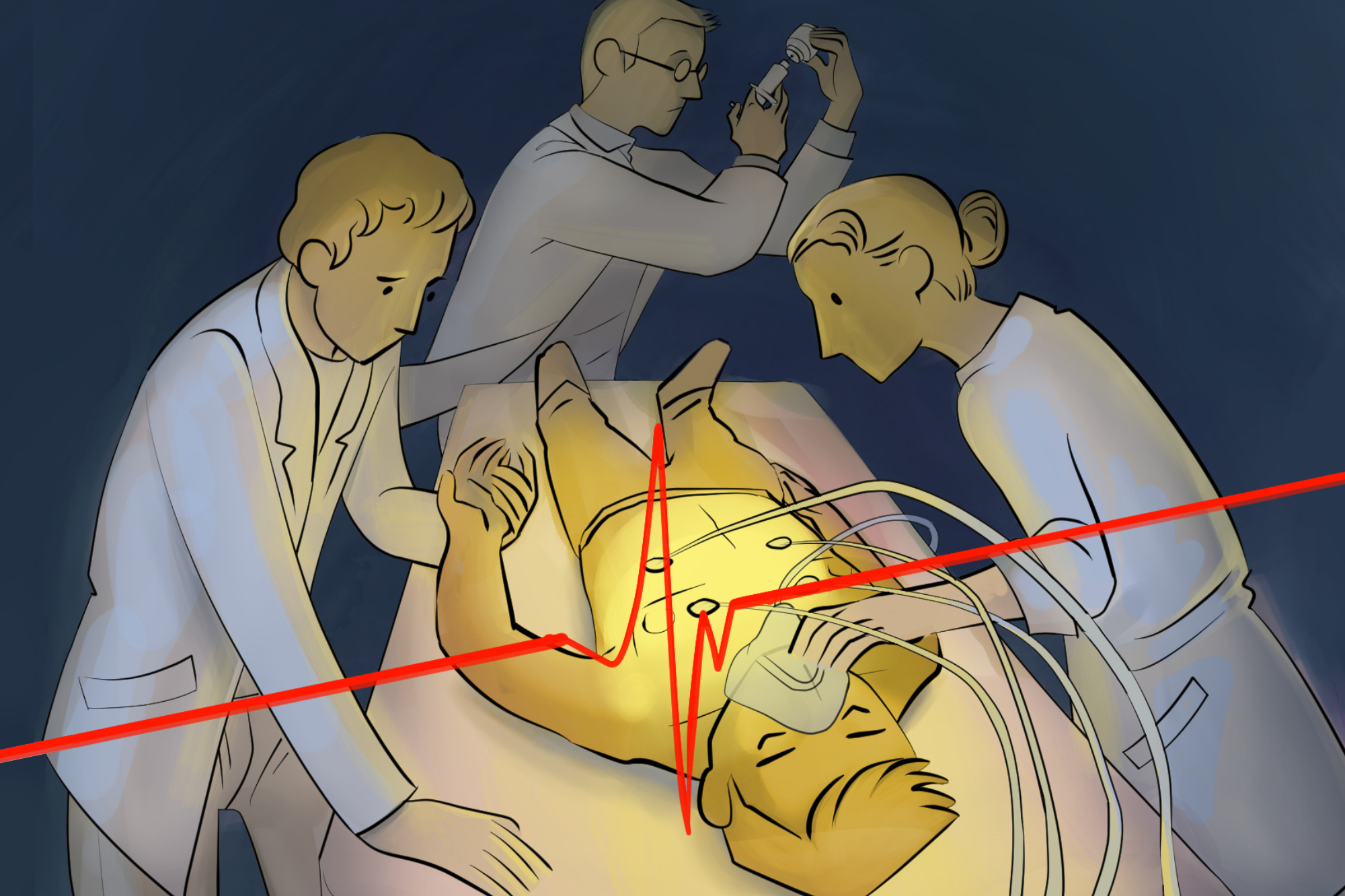
How does an emergency physician navigate a team through life and death decision-making?
The patient is undifferentiated— their medical history and recent events are a mystery. They could be completely unresponsive due to their medical issues, yet critical decisions are orchestrated on their behalf.
The emergency physician (EP) must lead a team of nurses, other physicians, techs, patient family members, respiratory therapists — everyone, through what they’re about to do and why.
It’s leadership at a critical point.
The skills required to lead a team through a critical situation are learned in residency, but are useful in scenarios other than patient care. These skills can also be exported to other industries and used in less critical leadership scenarios.
There is nothing that a non-clinical job can throw at a physician that is tougher than the easiest day of internship.
– Michael J. McLaughlin, MD
We Have Protocols For Disasters
The sickest patients are in some ways the most straightforward. These are the patients for whom the checklists exist. The approach is algorithmic. It's assumed to be baseline knowledge for emergency providers. It starts with A, B, C — Airway, Breathing, Circulation.
If there is a worst-case scenario, there’s an algorithm for it: Trauma. Cardiac arrest. Sepsis. Multiple Casualty Incidents. Stroke. Heart attacks.
It’s done this way so we don’t have to think about it. Everyone in the room has had it drilled into their heads so many times that it's hard to get lost. If you do, you can jump right back into the algorithm and find your way.
The same protocols could exist for anything. We have algorithms for when our electronic medical record crashes, when our hospital is at capacity, and when a doctor calls in sick.
The time to think about the terrible is before it happens. Have a clear pathway for it, train people, and test them on it prior to putting them on the team.
The Disaster Isn’t Over Until Everyone Has Weighed In
Resuscitations are managed by teams, not individuals. By the end of the resuscitation, emergency physicians are trained to ask whether there is anything else that should be done. Essentially, “What are we missing?”
This does a few things:
- It reinforces the idea of “team”. There are people on the team with different levels of education or experience, but everyone’s input has value. The goal is good outcome, not reinforced hierarchy.
- It opens a door for someone who may be otherwise intimidated to speak up. You don't want there to be a person who really felt that they could have helped save a life, but didn’t.
- More voices equals more solutions.
This practice is easily translated into any other arena: You’re not done until the team agrees you’re done.
Understanding Team Structure Is a Fundamental
There is no other specialty in the hospital that routinely communicates with every other specialty, medical or not. The ED is unparalleled in its dependency on the system. If the ED doesn't understand the teams that make it up, the ED won't survive.
In order to communicate well, an EP needs to have a functional understanding of everyone’s scope of practice. If they call the wrong person for the wrong thing, they burn equity. The next time they really need that person, it’s going to be a harder sell.
There are a few translatable extensions of this point: Knowing where your team ends and another begins is the point at which you expand your team.
In the ED, this is the point of consultation.
An EP is not a surgeon, for example. We have to know what information they need to make a decision and how most surgeons would want that information given to them.
Surgical culture is different than neurology culture, for example. Yes, the content they want to know would be different, but so is the method of communicating that information. The presentation must say “I know what your team needs and here it is.”
Knowing your team also means knowing when you’ve reached its end. In the ED, this means ending the code, admitting or discharging a patient.
There’s a point where your team can do no more; where anything more is futile or harmful. This is a defining limit of your team.
They Communicate to Their Team Constantly During the Disaster
“Just constantly say everything you’re thinking,” was the advice I heard repeatedly when studying for my oral boards. The idea is that by constantly speaking your thoughts, an examiner would have a better idea of your thinking process, potentially scoring you higher even if you missed a key component.
This advice has implications beyond boards. If done well, it keeps the team organized to the next steps and where we’re going. It gives people a chance to chime in and point out potential flaws in the plan because they know where the plan is going.
If you run out of things to say, you start from the beginning and recap what’s been done. It paces the disaster and maintains the flow of the team while organizing the process.
This can be applied to any complex management situation — Where are we? If we’re stuck, where did we come from and where are we headed?
To paraphrase Alan Watts: In emergency medicine, if the medical knowledge is the menu, leadership is the meal. It’s the leadership that makes medical content relevant which translates into desired outcomes.
The ability to manage teams and to keep members aligned is a skill that makes good emergency physicians great — and it’s a skillset that is useful to anyone who needs to lead.
Illustration by April Brust







